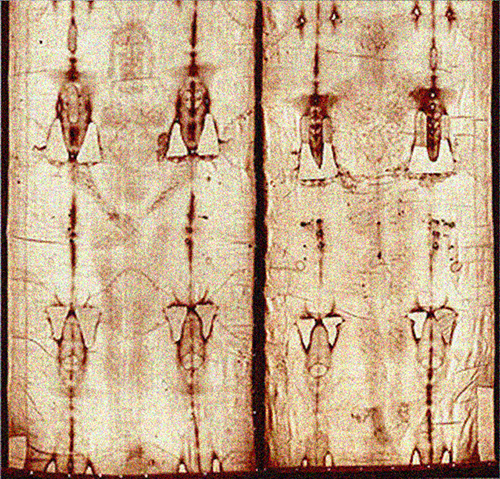
On this Feast of Saint John, Apostle, and Evangelist, we read from the Gospel of John and are told that Mary Magdalene arrives at the tomb very early in the morning while it is still dark. She has come to anoint the body of the Lord, which had been buried in haste because of the onset of the Passover. She spies the great stone rolled back and assumes that the body has been stolen. So, she runs immediately to Simon Peter and the other disciples: “They have taken the Lord from the tomb, and we don’t know where they put him.” She doesn’t yet believe in the Resurrection, for she is operating still within a conventional framework. So, the two disciples, Peter and John, make a mad dash toward the tomb, the younger John outpacing the older Peter. Upon coming to the open tomb, John looks in and sees “the burial cloths.” Then Peter arrives and spies the same cloths, as well as the cloth that had covered his head “rolled up in a separate place.” Bishop Robert Barron asks in his reflection if we have ever wondered why there is such an emphasis on the burial cloths in John’s writing. The most obvious reason is that their presence is peculiar. If the body had been stolen, why would the thieves have bothered taking the elaborately wound cloths off, and why in the world would they have taken the time and effort to fold the head cloth up so carefully? When St. John entered the tomb and saw the burial cloths, he “saw and believed.” There was something about those wrappings that convinced him. I wonder whether the same thing is true today in our hyper-skeptical age. We, too, can see the cloth in which Jesus’ body was wrapped, and we understand it far more thoroughly than St. John ever could have. Does it cause us to “see and believe?”
